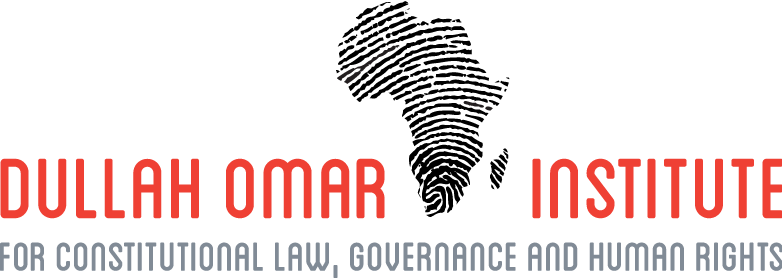Latest resources
There is more to the 2011 Local Government Budgets and Expenditure Review than numbers. The review tells a story about the policy behind the numbers. It lays down the policy line, sends clear signals about policy shifts on the way, issues warnings, educates us, and sometimes brings out the big stick or applies the brakes.
It is the most rigorous analysis of local government published by government. The 2011 Local Government Budgets and Expenditure Review, released in September, is the National Treasury’s analysis of long-term trends in local government finances and performance. We will have a close look at the wealth of information in this report, in this and forthcoming issues of the Bulletin. We begin with a general introduction to the document, focusing on its purpose and importance as a barometer of local government.
Lagoon Bay Lifestyle Estate (Pty) Ltd v the Minister of Local Government, Environmental Affairs and Development Planning of the Western Cape and Two Others [Case number: 10751/2011, Western Cape High Court]
In 2007, in response to the capacity constraints bedevilling local government, the National Treasury issued regulations setting out minimum competency requirements which all municipal financial and supply chain management officials have to meet. The regulations took effect on 1 January 2008, but gave a fiveyear period of grace within which all financial and supply chain management officials throughout the country were required to attain the minimum competency levels. For these officials, the countdown reaches zero on 1 January 2013.
Following the delimitation in 2009 and 2010 of wards in which successful local elections were held on 18 May 2011, the Municipal Demarcation Board (MDB) has commenced a review of municipal boundaries. It envisages finalising this process in 2013, after which wards will be delimited for the 2016 local elections.
The Municipal Systems Amendment Act was signed into law by the President on 5 July 2011 and is set to have a major impact on municipal governance. Regulations to give further substance to the Act are on their way.
